Alternative Processes are this weeks theme. Ever since I saw an original Edward Weston print on Palladium/Platinum at MOPA, I’ve been obsessed with Pt/Pd prints. Despite my fascination, I’ve still not actually printed on it, which makes the geek inside me go into jealousy overdrive when cruising through Instagram and looking at people printing on it like it ain’t no thang.
Below are my #Follow #Friday #Five on Alt Processes. Who are yours? Drop some comments way down below.
Laura Corley Burlton (@chalk_dreams)
 I may be biased, because I’ve known Laura and her subject matter (her daughters Sadie and Maddie) from when I lived in Austin. Bias aside, I love Laura’s eclectic eye. It’s always had this Le Voyage Dans la Lun with a Depeche Mode soundtrack kind of vibe to it.
I may be biased, because I’ve known Laura and her subject matter (her daughters Sadie and Maddie) from when I lived in Austin. Bias aside, I love Laura’s eclectic eye. It’s always had this Le Voyage Dans la Lun with a Depeche Mode soundtrack kind of vibe to it.
Cyanotype and Tintype are Laura’s wheelhouse when it comes to printing techniques. I’ve even seen her throw shoutouts to Bostick & Sullivan on Facebook. I mean, really… what kinda nerd does that!?
(My nerd friends, that’s who).
One of the things I’m very excited about, is that she’s managing to turn her love of the alt processes, and her unique vision into an actual portrait business with clients that are drawn to her work and approach.
Despite setbacks like hurricanes and gear theft, Laura continues to persevere and create art. I have a huge respect for people like that. Even more so when I like the art they create. 😀
Dan Burkholder (@danburkholderphotos)
 This is more of a plea to get Dan to post more on Instagram, than a review of Dan’s work. If you know him, please ask him to become more active on IG. The Internet will be a much better place.
This is more of a plea to get Dan to post more on Instagram, than a review of Dan’s work. If you know him, please ask him to become more active on IG. The Internet will be a much better place.
I bought Dan’s book on making digital negatives for Platinum/Palladium prints in the late 90s. The book was great as it had all the technical instructions for getting your images out of Photoshop, and onto a digitally produced typeset acetate negatives.
But the book also introduced me to his work. Which was incredible! He had turtles floating through the air in churches, delicate images of boats on ponds that glowed fantastically, and then there was his color pigment on PT/PD prints which sprained my mind!
Allow me to break this down…
He would print a digital negative, and make a platinum/palladium print. Then he would take the print, and run it through a color printer, and print the same photo, but in color! Imagine the alignment issues he had to work out!
At any rate, someone please ask Dan Burkholder to spend some time on Instagram. I want to see more of that legend’s work.
Amanda Tinker (@amanda_tinker_)
 I just recently found Amanda’s work, and am very moved by it. Her imagery evokes such emotion, with images like the one to the left as part of her “Montages” series, or the haunting images from her “Small Animal” set (As Mike Myers would say on SNL, the tones in those photos are “like buttah”).
I just recently found Amanda’s work, and am very moved by it. Her imagery evokes such emotion, with images like the one to the left as part of her “Montages” series, or the haunting images from her “Small Animal” set (As Mike Myers would say on SNL, the tones in those photos are “like buttah”).
I’m obviously a fan of dark, moody black and white photography, so it’s no surprise that those kinds of photos would get me.
But it’s the “Small Animal” series that I really impressed by.
Much like the way communication with the aliens is done in the movie Arrival, her photos appear to be stories of figures trying to communicate through glass in an obscured realm. And the method for communication is nature. Butterflies and birds, and branches, and leaves, and flowers…
It’s quite moving!
I can’t quite be sure if these are Platinum or Bromoil (WTF is Bromoil anyway? I’ve been photographing over 25 years and not clear on what it is). If you know what she prints on, or what Bromoil is, please comment below. And then go follow Amanda. Thanks!
Mark Tamer (@unreelcity)
 There’s alternative processes, and then there’s what Mark does. He’s like a modern day Mann Ray, man! Mark’s feed makes it seem like he lives in the Willy Wonk Factory of photographic emulsions. Each experiment yielding abstract expressionist pieces that are compelling, not because of the process, but the subject matter.
There’s alternative processes, and then there’s what Mark does. He’s like a modern day Mann Ray, man! Mark’s feed makes it seem like he lives in the Willy Wonk Factory of photographic emulsions. Each experiment yielding abstract expressionist pieces that are compelling, not because of the process, but the subject matter.
Many of his compositions are just exercises in chemical chaos. “What happens when I throw these chemicals onto some emulsion base, add light, then develop?” The resulting maelstrom is like going on a journey with Dr Strange through different mystic and cosmic realms.
“What black magic is this?” a commenter enthusiastically asks. The question is not without merit, as there is magic in the chemical reactions happening. Universes are being created and destroyed in these processes.
While Tamer does shoot straight photography, I feel like it’s only a means to an end. Using any kind of camera imaginable, including cinema 16mm and 8mm cameras to capture moments over time, the end result invariably goes through some form of alteration before he presents it to us.
Michael Weitzman (@mwphotographicarts)
 What Michael Weitzman offers up are poignant and stirring portraits and landscapes of rural Montana. But his process of choice, Lith Prints in this case, bring forth a depth and texture to them, that transform them from documentation to something more ethereal and revelatory.
What Michael Weitzman offers up are poignant and stirring portraits and landscapes of rural Montana. But his process of choice, Lith Prints in this case, bring forth a depth and texture to them, that transform them from documentation to something more ethereal and revelatory.
He does explore dark and haunting ideas, but as I look through his work, I see more of the soul of his subjects. Their spirits are evoked, and I connect with them in a way that I never would in a straight headshot. This is of course due to his own connection with the people in front of his lens and skills as a photographer. But the processing of his images compounds the interaction.
Exploring beyond the portraits and landscapes, there are dreamscapes that immerse you into the machinations of Michael’s mind. Again, only enhanced by the process and the way he approaches his final presentation.
What do you guys think? What are your favorite alternative printing processes? Who are you following?
Like always, follow these people! And, of course don’t forget to follow me. I’m @williambahiabay.
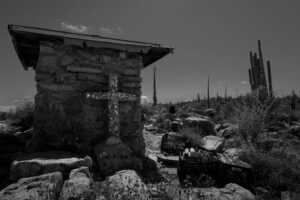
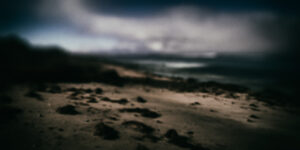
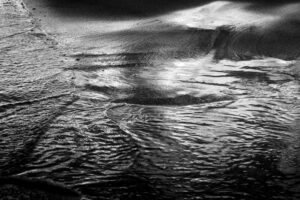
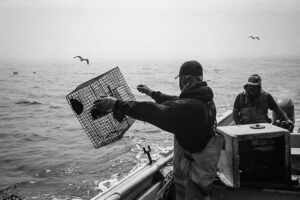
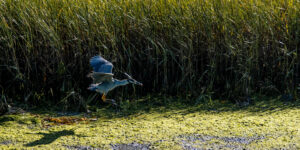
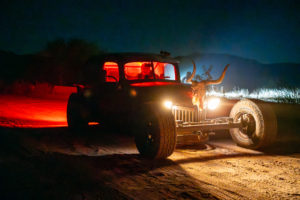
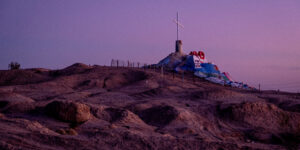


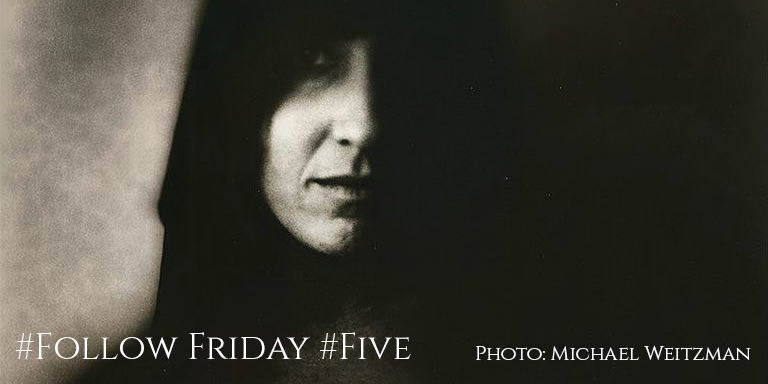
Leave a Reply